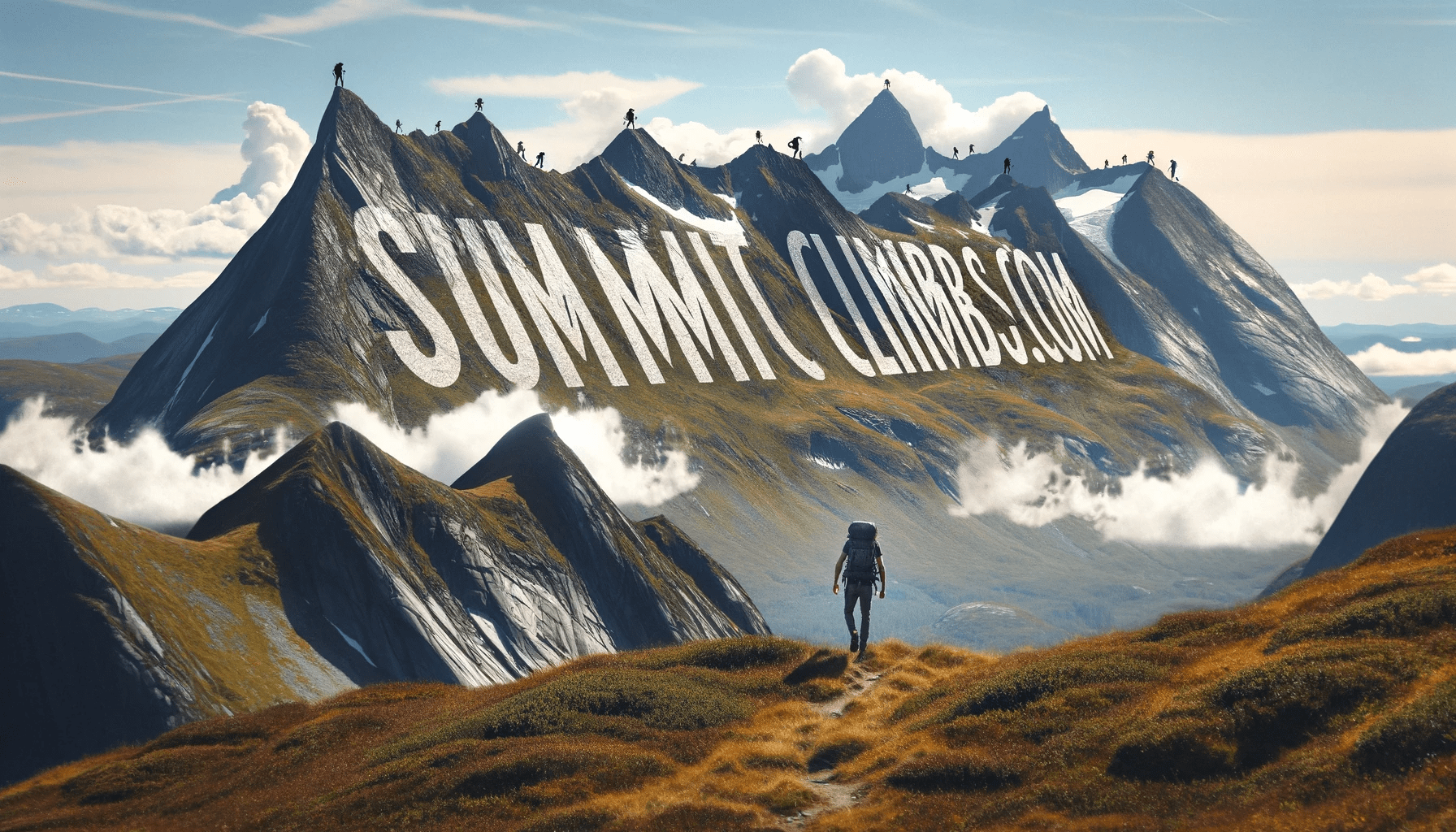Temperature Increase
Over the past 15 years, Norway has experienced a notable increase in average temperatures. According to the Norwegian Meteorological Institute, the country has warmed by about 1.5°C since the early 20th century, with a significant portion of this increase occurring in the last few decades. This warming trend is consistent with global patterns attributed to human-induced climate change.
Precipitation Changes
Norway has seen changes in precipitation patterns, with an overall increase in annual precipitation. The Norwegian Centre for Climate Services (NCCS) reports that annual precipitation has increased by about 20% since the early 1900s, with more frequent and intense rainfall events. This has led to an increase in flood risks and impacts on infrastructure and agriculture.
Glacial Retreat
Norwegian glaciers have been retreating at an accelerated rate. Studies by the Norwegian Water Resources and Energy Directorate (NVE) show that many glaciers, particularly those in the Jotunheimen and Folgefonna regions, have significantly decreased in size. This glacial retreat contributes to rising sea levels and affects freshwater resources.
Sea Level Rise
Coastal areas in Norway are experiencing rising sea levels, partly due to melting ice from glaciers and ice caps. The NCCS projects that sea levels along the Norwegian coast will rise between 25 and 55 cm by the end of the 21st century, depending on future greenhouse gas emissions. This rise poses risks to coastal communities and ecosystems.
Ocean Acidification
Norwegian scientists have observed increasing acidification in the country’s marine environments. The Institute of Marine Research (IMR) has documented that the pH levels of Norwegian waters have been decreasing, impacting marine life, particularly shellfish and other organisms that rely on calcium carbonate for their shells and skeletons.
Changes in Ecosystems
Climate change has led to shifts in ecosystems and species distribution in Norway. The Norwegian Biodiversity Information Centre notes that warmer temperatures and changing precipitation patterns are affecting terrestrial and marine biodiversity. For instance, some species of fish are migrating northward, and plant species are altering their growing seasons.
Permafrost Thawing
Permafrost in Norway’s Svalbard archipelago and other northern regions is thawing at an increasing rate. Research from the Norwegian Polar Institute indicates that permafrost temperatures have risen, leading to ground instability and affecting infrastructure and natural landscapes. Thawing permafrost also releases greenhouse gases like methane, exacerbating climate change.
Extreme Weather Events
The frequency and intensity of extreme weather events in Norway have increased. The Norwegian Meteorological Institute reports more frequent occurrences of heavy rainfall, storms, and extreme temperatures. These events have significant implications for public safety, agriculture, and the economy.
Policy and Mitigation Efforts
In response to these scientific findings, Norway has implemented various policies aimed at mitigating climate change. The government has committed to reducing greenhouse gas emissions and increasing renewable energy usage. Norway’s extensive use of hydropower and its investments in electric vehicle infrastructure are notable examples of these efforts.
Research and Monitoring
Ongoing research and monitoring are critical for understanding and addressing climate change in Norway. Institutions like the Norwegian Institute for Air Research (NILU) and the Norwegian University of Science and Technology (NTNU) continue to study climate impacts and develop innovative solutions to mitigate these changes.
In conclusion, scientific discoveries over the past 15 years have provided a comprehensive understanding of how climate change is affecting Norway. These findings highlight the urgency of continued research, adaptation, and mitigation efforts to address the challenges posed by a changing climate.


